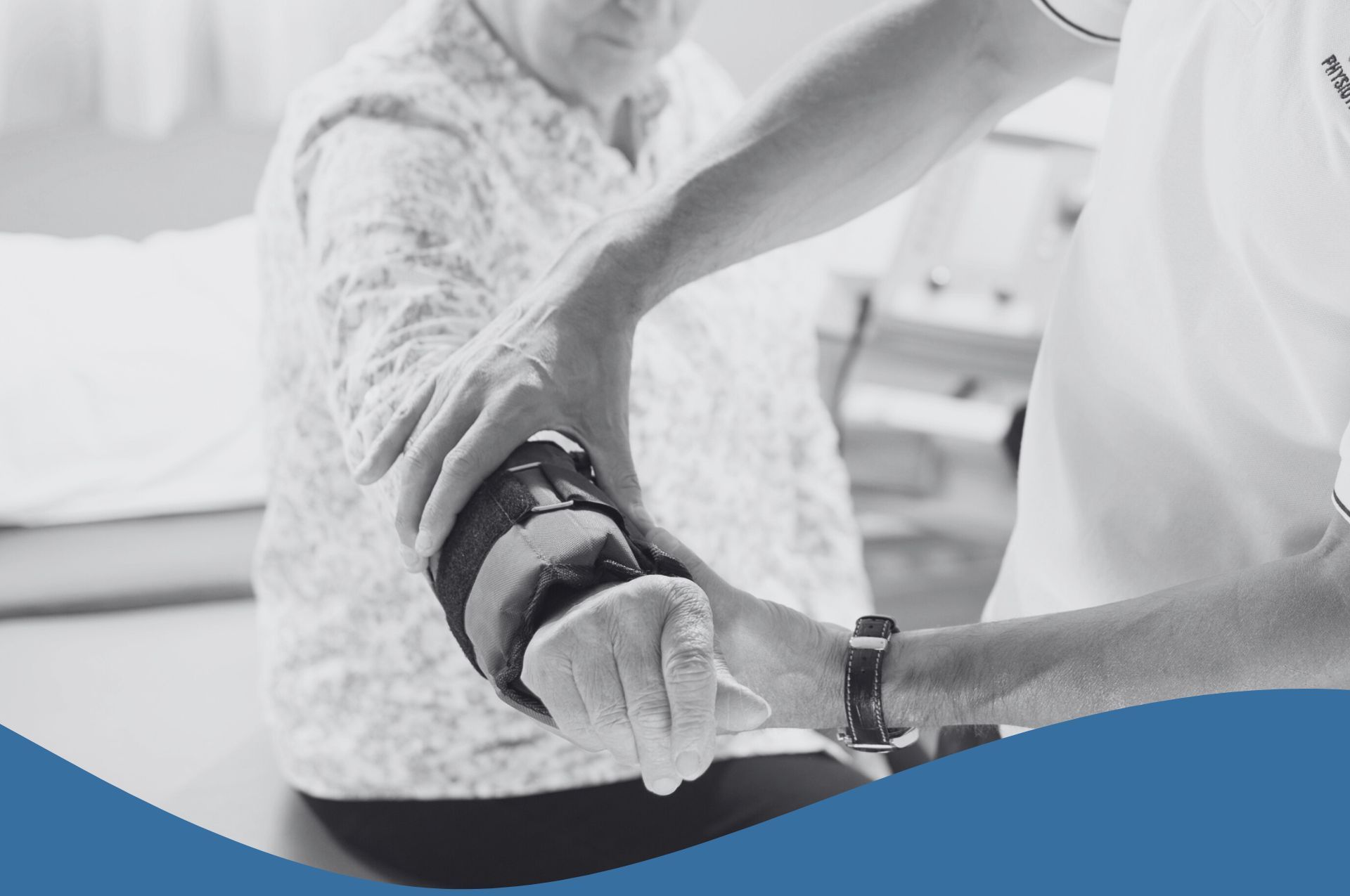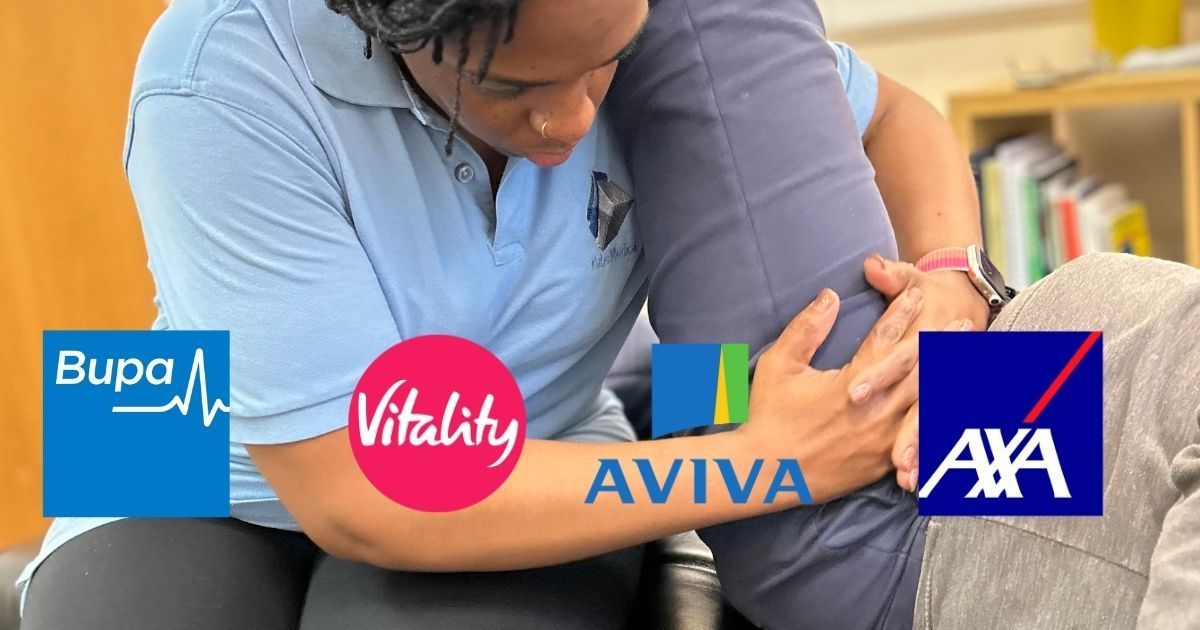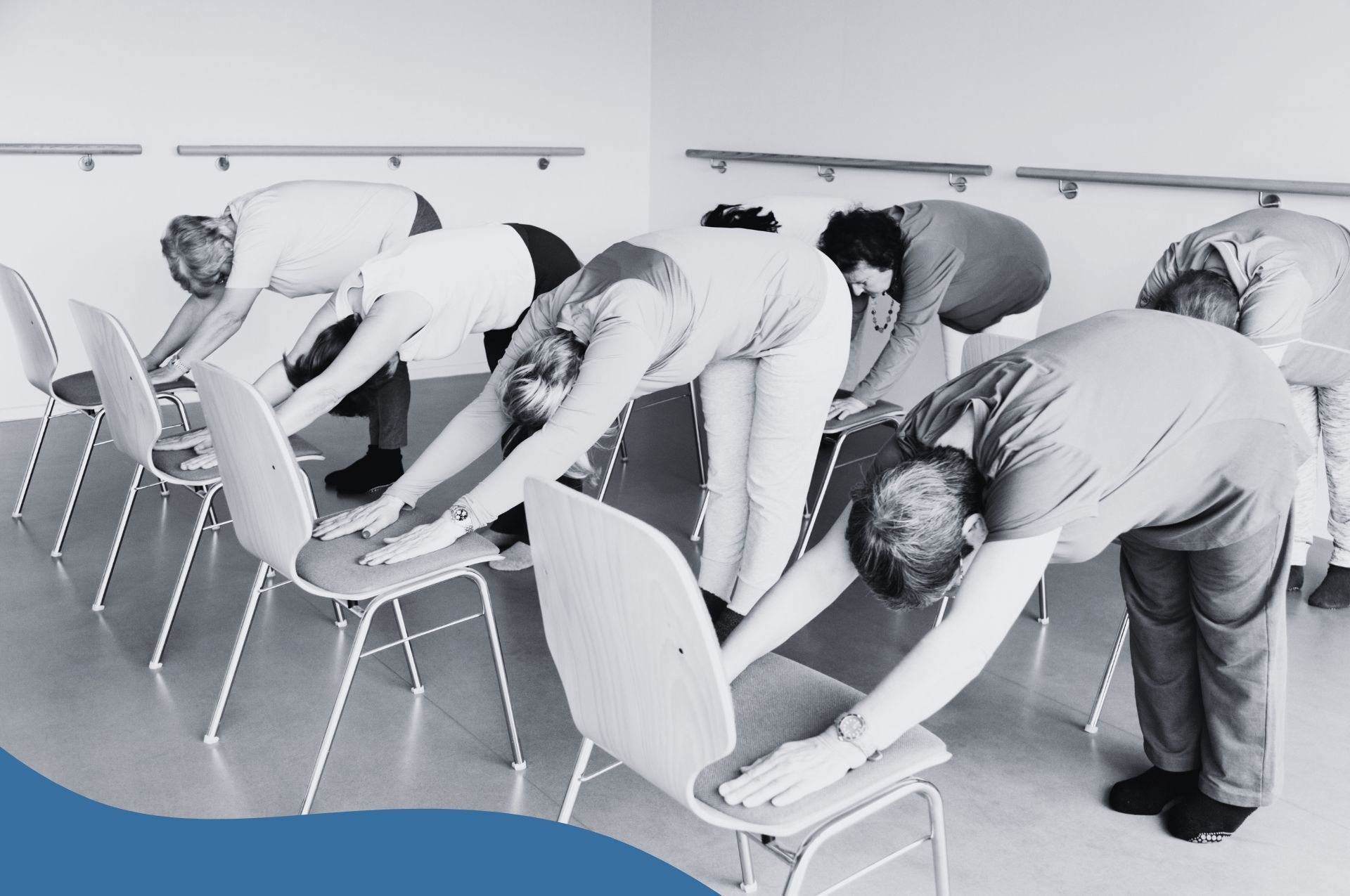What to expect on your first visit to a chiropractor
Patrick Campbell • 16 February 2020
What to Expect on your First Visit to a Chiropractor
Going to a chiropractor for the first time can be daunting. Here are the top 5 things to know before your first appointment.
1. Service with a smile
When you arrive, you’ll be greeted by our superstar reception team. They will ask you to fill sign your consent form; either a hard copy that we scan, or an electronic copy on your file. This doesn’t take too long, but it’s best to turn up a few minutes early to make sure you’ve got time to do this before you head into your appointment.
2. Your knowledge is an important part of the success
As well as taking your medical history, your practitioner will ask you about your problem and how it is affecting you, and what you want to achieve. When you plan a journey, you need to know where you are starting and where you want to get to. It’s the same for a treatment plan - we need to know where you are now, and where you want to get to so that your plan is designed properly for you.
To help us get this right for you, have a think before you get into the room about a few questions:
- What is the problem?
- How long has been going on?
- What is it stopping you doing?
- What impact is it having on your life?
- What would “getting better” look like?
- What would you like to be able to do that you can’t do now?
3. What will your treatment feel like?
In most of our initial assessments, we treat as well. Some practitioners don’t do it this way, but we feel it's the best way to fully understand your issue. If we can see how your body responds to treatment, we can make a plan that works better for you.
Your treatment will involve the mobilisation/manipulation of your skeletal system. People associate this with a cracking sound (called “cavitation”), but that isn’t always the case. Our practitioners are trained in lots of techniques, many of which won’t result in cavitation. It’s ok to feel nervous about this - have a chat with reception when you first book in to make sure you are booked in with the right practitioner.
We have lots of different reactions to treatment. Most patients tell us of feeling some immediate improvement straight away. Some don’t notice any difference at all. It can produce an emotional reaction too - we often see people laugh, cry, and even drop the occasional swear word!
4. “I love it when a plan comes together!”
Knowing your goals, and understanding your condition and your body, your practitioner will talk you through a treatment plan. Once your practitioner has treated you, they will want to see you at least once more to understand how your body has responded. It can take a few days for this to emerge.
We use a combination of appointments with your lead practitioner, soft tissue therapy and rehabilitation in our treatment plans. Most of the time, we would expect new patients to need around 4-6 treatments before a review. We can’t always get you to all of your goals in this time, but we would normally expect your pain to be greatly reduced, if not pain free.
5. Your recovery starts today
Once you’re back in reception, we ask you to book in your treatment plan. This doesn’t mean you can’t change appointments, but we do find that patients who make this commitment stick to their plans better, and therefore see better results. Booking further ahead means you get more choice on when to see your practitioner, as their diaries do fill up quickly.
We recommend that you bring your diary to the appointment so you can get everything booked in.

At Kube medical, we believe high-quality physiotherapy should be accessible, comfortable, and convenient. That’s why we provide professional home-visit physiotherapy services, helping you recover in the comfort of your own home and at a time that fits your lifestyle. Whether you're recovering after surgery or trying to fit treatment around a busy schedule, our personalised approach ensures you feel supported, motivated and confident every step of the way.

As the days get shorter and the air turns crisp, many of us start dreaming about fresh powder, mountain air, and that first exhilarating run of the ski season. But before you dust off your boots, it’s worth thinking about one crucial thing: your body’s readiness. Whether you’re a seasoned skier eager to hit the slopes from day one, or an occasional skier looking to make the most of a long-awaited trip, a little “pre-hab” — preparing your body in advance — can make all the difference between an enjoyable week on the mountain and one cut short by fatigue or injury.

There’s no easy way to put it — the sudden closure of Private Midwives has left a real void, both professionally and personally, for many highly experienced tongue tie practitioners. It’s disrupted livelihoods, interrupted the continuity of care for families, and forced many to face a wave of uncertainty.








